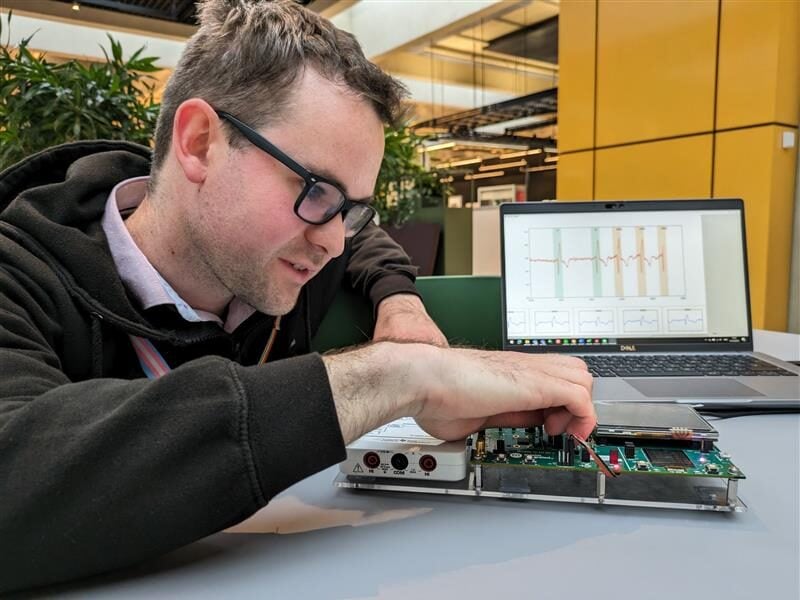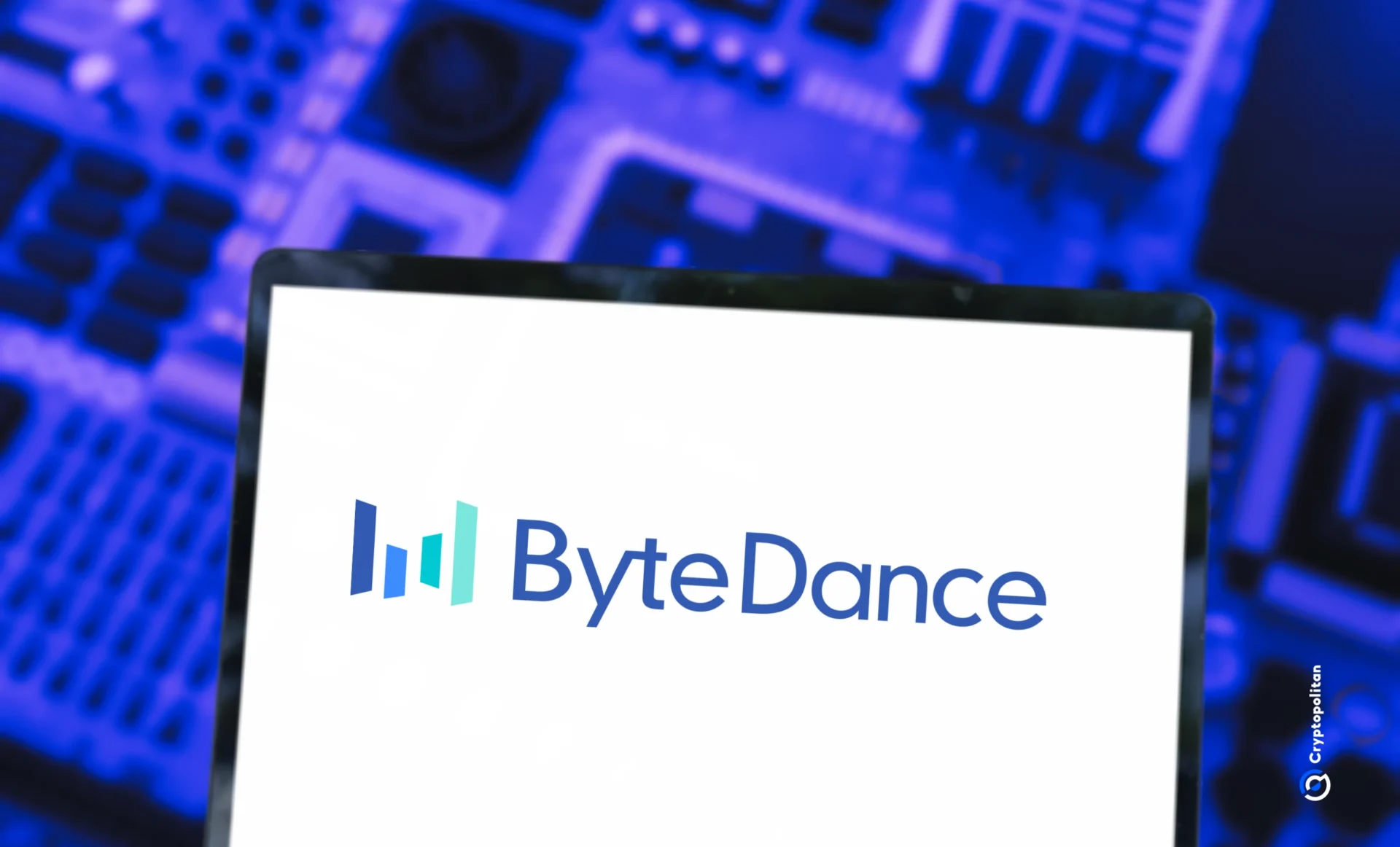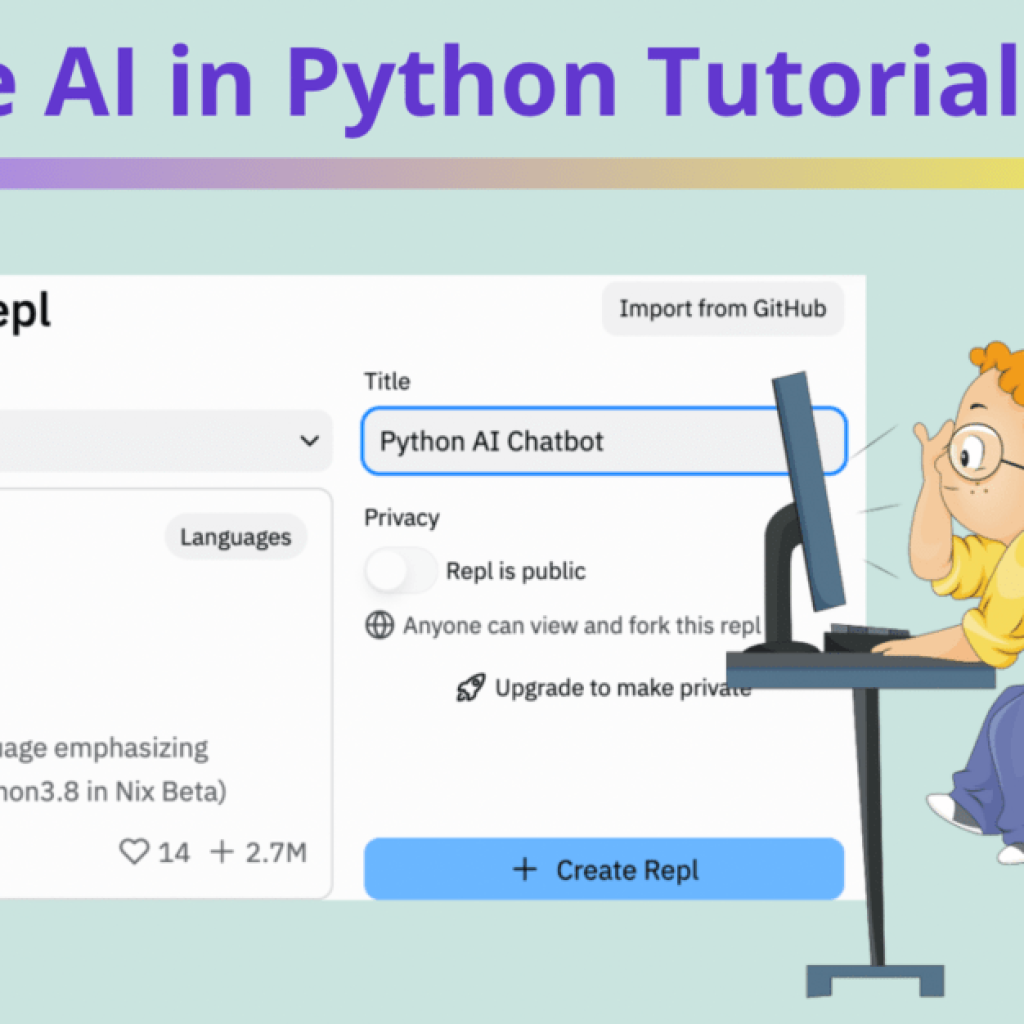TTP has developed a framework that is capable of classifying real-time ECG data and assessing it for potential arrhythmias with artificial intelligence while working at low power, which makes it suitable for use in pacemakers.
TTP’s solution for heart arrhythmias
Conventional deployment of AI is way too power-hungry and difficult to apply to implanted devices, but the technology offers implant makers a way to develop more specific closed-loop therapies.
TTP, a medical solution provider, has identified and solved three challenges by incorporating a low-power AI processor in a closed-loop system for the heart’s irregular beat classification.
Recognizing patterns is considered the basic capability of AI. And when it is used in closed-loop therapies like implanted defibrillators, it provides a more reliable classification of nerve or electric activity in the body. This allows the system to provide the required electric stimulation as a treatment.
Whereas, using a conventional AI system will stress the limited battery power of an implanted device. Another problem is that conventional systems require internet connectivity, which can be a problem and cannot be relied upon for devices that are crucial for sustaining life.
The company used an off-the-shelf microcontroller with a neural network accelerator, but it was the first of its kind with low power requirements to develop their solution that can classify real-time ECG data at the power capacity available in the implantable pacemaker device.
Developing low-power AI for implantable therapies
The company said that they changed the way the models are trained for signal classification, along with the design of the hardware. They trained the model through a technique called quantization-aware training to classify ECG data at a lower resolution. This helped the company maintain the performance of the model at the 8-bit resolution of the accelerator. Usually, desktop and cloud AI systems require 32-bit to 64-bit resolution.
ECG data is often influenced by many different factors, for example, person-to-person variation, electric variation, and heart activity. And it is not easy to scale data digitally at the limited resolution of low-power edge devices and get acceptable classification performance. Therefore, for the needed classification, TTP designed the analog front-end in a way so that it can utilize full dynamic range and change gain before digitization of the signal.
Researchers at TTP also altered the timing of the system to reduce power requirements. The edge devices are mostly kept off when not required to perform, so sampling and signal classification will have to be run at different times.
The labeled datasets are also usually time-aligned, because if data processing and sampling start at non-specified times, this can result in wrong assessments or draining batteries unnecessarily, and in some cases, the data can be discarded as well. For this reason, data is first pre-processed in an analog process to achieve better efficiency and assessment.
TTP is working on many solutions in the medical field and expects that more closed-loop therapy systems will leverage low-power AI.





